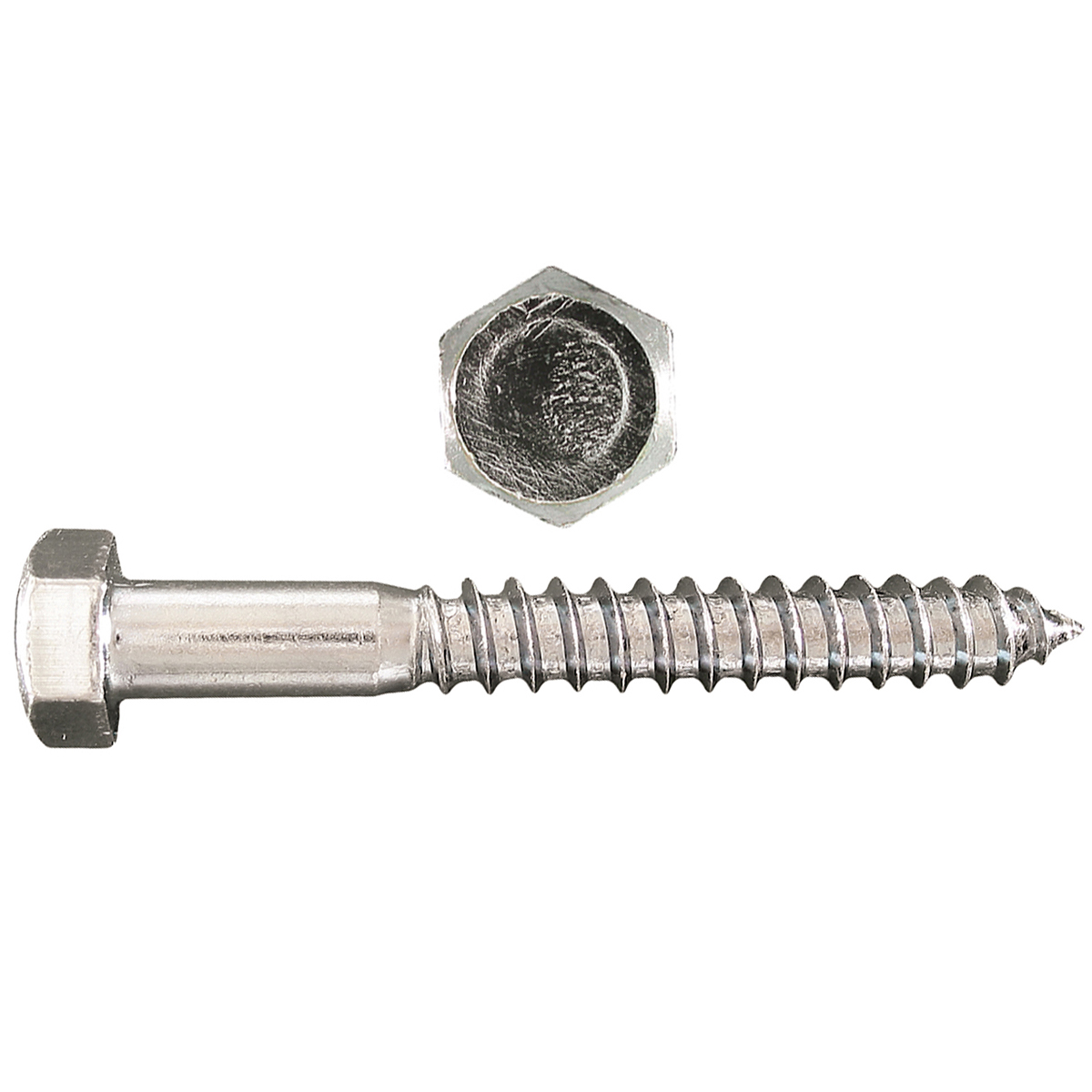The lag screw is a strong fastener that is resistant to rust and corrosion. It can be used to fasten wood or metal. To install a lag screw, make sure the materials you’re attaching are aligned and use a clamp to hold them in place.
Lag screw technique has been shown to be superior to bone plate fixation in closed reduction of mandibular angle and body fractures7. However, complications can include malocclusion and lingual cortex breach.
They are strong
Lag screws are very strong and can hold a great deal of weight. They are also very versatile and can be used in a wide variety of applications. They are often used to fasten materials that must withstand massive forces, such as lumber. They can also be used to fasten metal, concrete, and stone fixtures.
When installing a lag screw, it is important to drill a pilot hole. The pilot hole should be slightly smaller than the diameter of the screw. This will ensure that the screw is installed correctly and will provide superior stability.
The most common type of lag screw is the hex head. These screws are available with a variety of lengths and diameters. They are usually made of steel or zinc and are hot-dipped galvanized. They are a great choice for outdoor camping, as they can be used in rough terrain. These fasteners require a bit driver and ratchet to install.
They are easy to install
Lag screws are used for many different applications, and learning how to install them correctly can save you time, money, and stress. These heavy-duty fasteners can be driven in place using a wrench or drill, and can be tightened as needed. They also come in a variety of materials, including steel and wood.
When installing lag bolts, it is important to pre-drill holes. This will ensure that the screw is installed correctly and that it does not damage your materials. You should use a bit that is slightly smaller than the diameter of the screw, and make sure the hole is large enough to accommodate the threads.
Another feature of lag bolts is their unthreaded area, or lag portion. This area of the shaft is usually of variable thickness, and creates massive compressive forces when tightened. This strength makes lag bolts ideal for heavy loads. In addition, they are long-lasting. Most lag bolts are made from carbon steel and have a zinc coating, which prevents rust and corrosion.
They are easy to remove
Lag screws are extremely sturdy and are used to secure heavy lumber or other materials that must withstand a high level of stress. These fasteners have hex heads and can be installed using a ratchet, wrench or drill. They are also resistant to rust and last longer than other types of wood fasteners.
When installing a lag screw, it is important to ensure that all the materials you are connecting are aligned. Use clamps to hold the materials in place, and then pre-drill a hole that is slightly smaller than the bolt’s threaded shaft.
Lag bolts are only available with hex heads, unlike the more common wood or sheet metal screws. This is because they are designed to withstand massive compressive forces. In addition to being easy to install, a hex head is also easy to remove, reducing the likelihood of damage to the material the bolt is fastened to.
They are easy to tighten
If you’re working on a project that requires strong fastening, consider using lag screws. These are specially designed to hold a lot of force without stripping or failing, and they can be tightened using a wrench. However, you must be careful to install them correctly so that they can hold up under heavy loads.
To ensure proper installation, start by pre-drilling holes in the materials to be joined together. The hole should be slightly smaller than the screw’s shank, and it should be aligned with the material. You should also use a drill bit that is the right size for your lag screw.
After drilling, clamp the two pieces of material together and use a wrench to drive in your lag screw. When you’re finished, check for looseness. If you’re not sure whether the lag bolt is secure, consider using a thread locker for extra strength and security. This will help the lag screw remain tight even under vibration or movement over time.








Leave a Reply